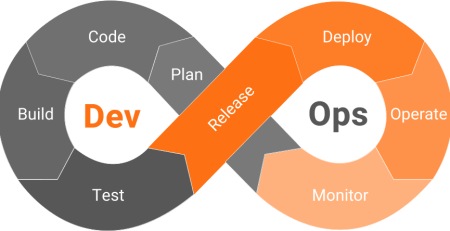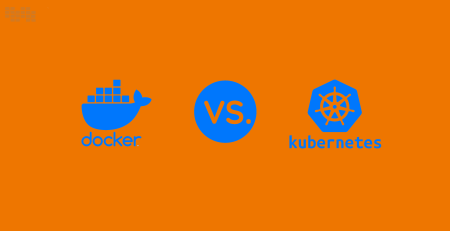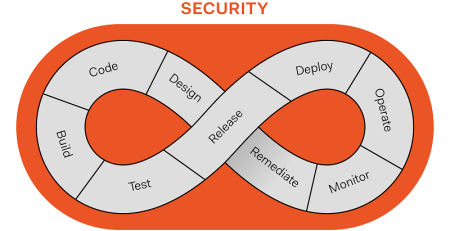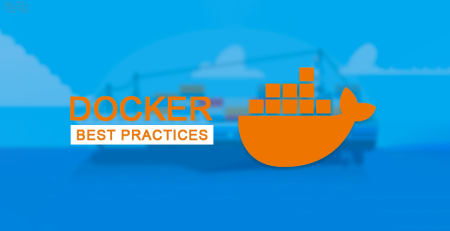CI/CD Pipeline: Understanding What it is and Why it Matters
It is crucial to produce high-quality software products rapidly and consistently in the modern, fast-paced, and fiercely competitive software business. The software development processes of continuous integration and continuous deployment, or CI/CD for short, allow teams to automate and expedite the product delivery process. We’ll go through what CI/CD pipeline is and why it’s important in this blog article.
What is a CI/CD Pipeline?
A series of procedures known as a CI/CD pipeline automates the software delivery process from the first code change through the deployment to production. Continuous Integration, Continuous Delivery, and Continuous Deployment are its three main steps.
Software engineers that use continuous integration (CI) merge code updates into a common repository on a regular basis. The CI method makes sure that the updated code is continually examined and verified against the legacy codebase. It enables developers to identify and handle problems early in the development cycle, saving time and effort later on.
Software engineers that use the Continuous Delivery (CD) methodology automatically produce, test, and release code updates to a staging environment. The CD process makes that the software is in a release-ready state and is always ready to be deployed to production. Teams may obtain input from stakeholders early in the development cycle thanks to this technique.
As part of the Continuous Delivery phase, code updates are automatically sent to production using the Continuous Deployment (CD) methodology. Software updates are reliably and swiftly sent to production thanks to this procedure.
Why Does CI/CD Pipeline Matter?
There are several reasons why CI/CD pipelines matter to software development teams:
- Faster Time to Market: With a CI/CD pipeline in place, software development teams can deliver high-quality software products quickly and reliably. This enables organizations to respond to market changes and customer needs quickly, which is critical in today’s highly competitive business landscape.
- Improved Quality: CI/CD pipelines help to identify and address issues early in the development cycle, reducing the time and effort required to address them later. This leads to improved software quality and reliability, which translates to higher customer satisfaction and retention rates.
- Reduced Costs: By automating the software delivery process, CI/CD pipelines can significantly reduce the time and effort required to build, test, and deploy software changes. This results in lower development costs, faster time to market, and higher ROI.
- Better Collaboration: CI/CD pipelines enable teams to work more collaboratively, enabling faster feedback loops and reducing the time required to resolve issues. This results in better communication and a more cohesive team.
- Increased Agility: With a CI/CD pipeline in place, software development teams can quickly and easily adapt to changing market conditions and customer needs. This enables organizations to stay ahead of the competition and remain relevant in the market.
Conclusion
Modern software development methods depend on CI/CD pipelines. They allow teams to streamline and automate the software delivery process, which leads to a shorter time to market, higher quality, lower costs, better teamwork, and more agility. Organizations may beat the competition and consistently and swiftly produce high-quality software products by putting in place a CI/CD pipeline.













Comment (1)
Great post! You really covered the topic well and provided a lot of helpful information.